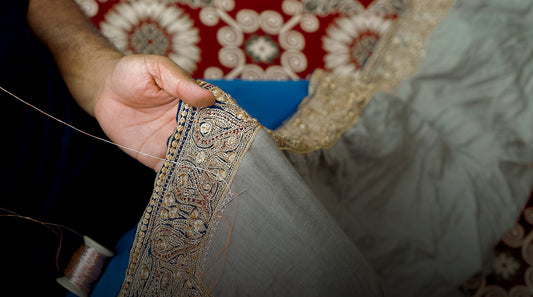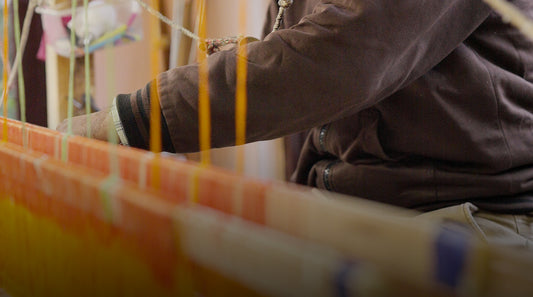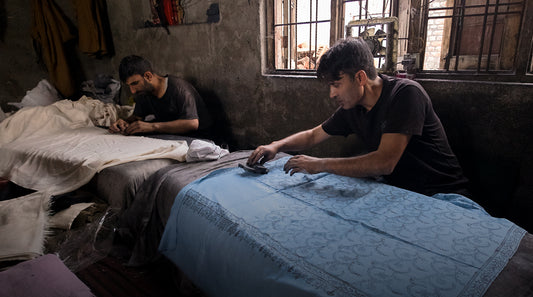
The Threads That Bind: Preserving India's Weaving Traditions
India's weaving traditions are a vibrant tapestry of its diverse culture and history. From the intricate Kanjeevaram sarees of Tamil Nadu to the colorful Bandhani of Gujarat and the luxurious Banarasi silk of Uttar Pradesh, every region in India tells a unique story through its textiles. These weaves are not just fabrics but symbols of identity, pride, and heritage passed down through generations.
The art of weaving, however, is under threat. The rise of fast fashion and mechanized production has led to a decline in demand for handwoven textiles. Many artisans, unable to compete with cheaper alternatives, are abandoning their craft, taking with them centuries-old techniques. This loss extends beyond economics; it erases cultural histories and artistic expressions tied to India’s regions.
Efforts to preserve these traditions are underway. Organizations and brands are increasingly championing handlooms by creating awareness and providing platforms for artisans to sell their products. Government initiatives like the Handloom Mark ensure authenticity, boosting consumer confidence in handwoven products. These measures not only revive dying crafts but also instill a sense of pride among weavers.
As consumers, supporting traditional weaves is an act of preservation. Choosing handloom products not only empowers artisans but also fosters sustainable fashion practices. These textiles, crafted with care and expertise, tell stories that no machine-made fabric can replicate.
India's weaving heritage is a national treasure. Preserving it requires collective effort — from artisans, brands, and consumers alike — to ensure that these threads, binding the past with the future, continue to weave stories for generations to come.



